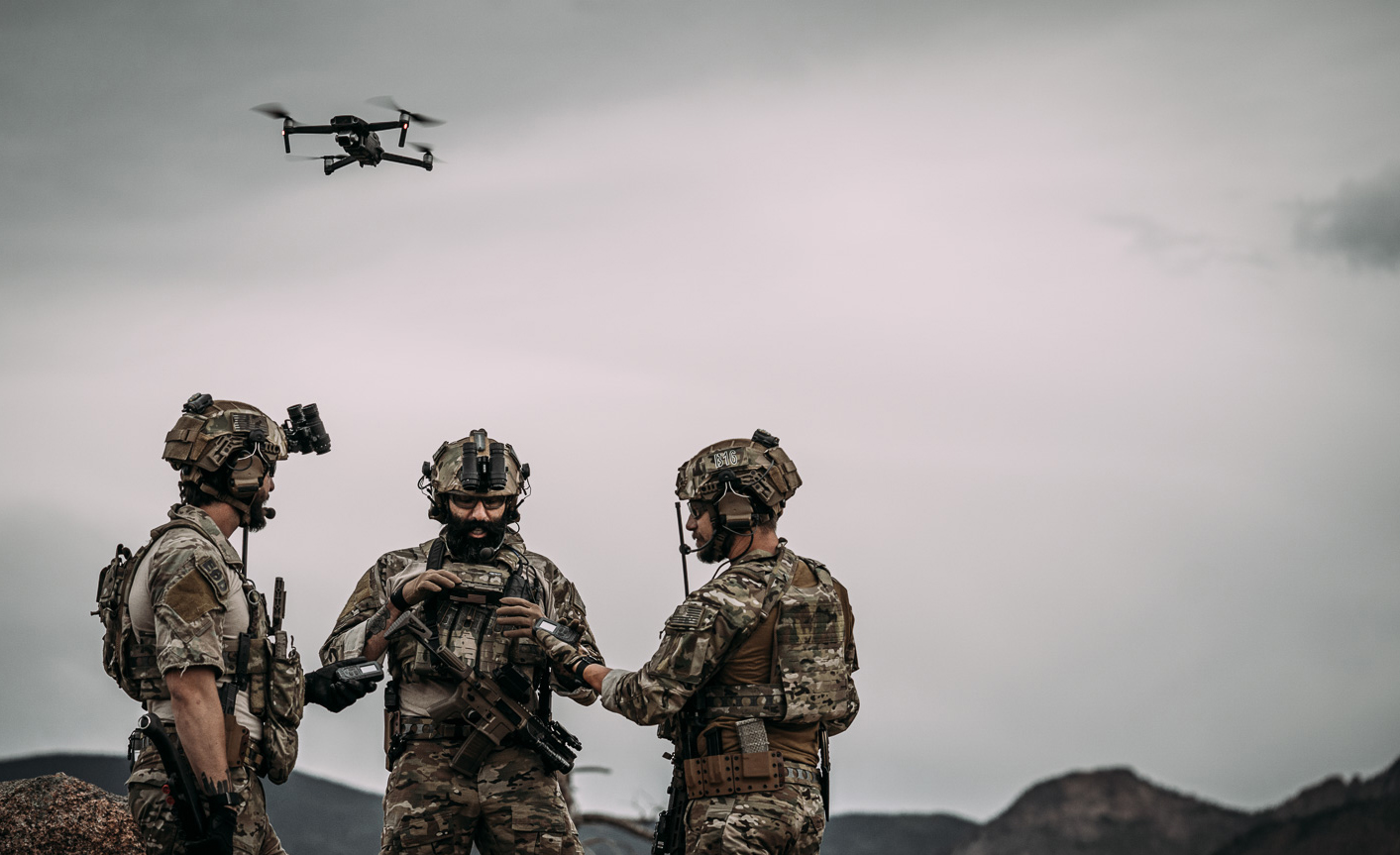In modern warfare, victory doesn’t favor the deepest pockets. It favors those who understand the economics of force. On January 10, 2024, the USS Gravely fired a $2 million SM-2 interceptor to destroy a Houthi drone worth about $2,000. If we don’t flip this math, tomorrow’s adversaries will keep bleeding America dry one low-cost quadcopter at a time. The Gulf of Aden presents a stark example of this new reality. Houthi forces, lacking the technological or industrial capability of the United States, launch drones and missiles estimated to cost a few thousand dollars that pose legitimate threats to both civilian and military vessels. To counter these attacks, the U.S. Navy and its Operation Prosperity Guardian partners deploy interceptor missiles costing over $2 million each. A staggering cost difference of 1,000:1.
Since November 2023, Houthi attacks have disrupted global commerce, reducing traffic through the Bab al-Mandab Strait by over 50%. This strategic waterway, which normally carries 8.7 million barrels of oil daily and approximately 40% of the world’s dry goods commerce, demonstrates the economics of asymmetric warfare perfectly. CSIS research shows similar patterns with Russian Shahed strikes, where cheap drones consistently challenge expensive defense systems.
The SOF Advantage
The F-35 fighter program, which began development in 2001 with initial costs of $200 billion, has now ballooned to over $2 trillion making it the most expensive weapons development program in U.S. history. While the F-35 might prove valuable against near-peer competitors, many questioned its utility during the GWOT against adversaries armed with decades-old AK-47s. The hard truth: we spent our way into strategic defeat. The Global War on Terrorism (GWOT) cost American taxpayers $8 trillion according to Brown University researchers, yet the Taliban now controls Afghanistan, Iran dominates Iraq, and renamed terrorist organizations control Syria. This outcome demonstrates Washington’s persistent failure to align budget priorities with actual warfighter needs and mission requirements. Special Operations Forces (SOF) offer a different model. Within just two months after 9/11, approximately 5,500 U.S. and allied operators partnered with local forces toppled the Taliban government and eliminated Al-Qaeda safe havens in Afghanistan. This demonstrated how a small, agile force can achieve what conventional forces could not accomplish within comparable timeframes or costs.
The SOF community understands how to match an enemy’s operational costs and thinking. SOF units regularly employ dual-use commercial technology repurposed for specific military applications. Army Special Forces have recognized this advantage and now train operators to build and operate their own drones. SOF veterans have proposed cost-effective alternatives to traditional platforms. Erik Prince, former SEAL, recognized that neither the U.S. nor Afghan governments needed advanced stealth fighters to combat the Taliban. He proposed a “turnkey air wing” for the Afghan government that included repurposed agricultural aircraft capable of providing close air support at a fraction of the cost of conventional air forces.
Medium is the Message
Media theorist Marshall McLuhan famously wrote that “the medium is the message.” Similarly, we might say the military-industrial complex shapes our strategy, often to our detriment. The American defense establishment gravitates toward expensive platforms like the F-35, rather than innovative, cost-effective solutions, because our acquisition system incentivizes big-ticket programs. Insurgents don’t maintain traditional state military industries but develop appropriate strategies based on their capabilities and constraints. The U.S. must learn this lesson and align the military industrial complex with SOF values and thinking. SOF operators work at the bleeding edge of combat, where innovation and adaptation provide decisive advantages. They seek asymmetric solutions rather than simply requesting more expensive platforms, as demonstrated in our analysis of consumer drones on the battlefield.
Future-Focused Defense Companies
Veteran-founded Firestorm exemplifies a new approach to defense technology. Founded by SOF veterans, the company deeply understands the changing economics of modern warfare. Rather than producing a limited number of expensive military-grade drones, they’ve leveraged 3D printing technology to revolutionize the defense industrial model, creating drones in hours rather than weeks at roughly one-fifth the usual cost. As Firestorm’s Chief Strategy Officer Chad McCoy explained: “There is a clear need within the defense technology sector to build faster and less costly systems, and simply throwing money at the issue won’t change the outcome… The goal is to create a completely new category that shakes up legacy timelines and cost.”
The contrast is striking: A singular drone costing $1,000,000 offers limited adaptability and scalability. Such platforms require complex logistics, maintenance, and often use advanced weaponry that drives costs higher regardless of mission requirements. Conversely, one thousand drones costing $1,000 each provide superior adaptability to specific threats and proportional response capabilities. Their logistics, maintenance, and armaments remain affordable and accessible to both military and civilian users.
Aligning Dollars with the Ground Truth
The Pentagon is beginning to embrace these principles through the Replicator initiative, which aims to field thousands of systems within two years to blunt China’s mass advantage. What matters is not one high-cost capability but the ability to swarm, adapt and replace losses faster than any enemy can react.
To accelerate this transition, we need to:
- Shift incentives. Reserve part of each procurement budget for firms that deliver combat-ready prototypes in under twelve months.
- Back small, build big. Fund regional stockpiles of low-cost drones and replicate Ukraine’s approach with garage factories.
- Listen to Operators. Tie acquisition milestones to SOF feedback loops, not boardroom timelines. Our work in advancing OSINT capabilities demonstrates how operator input drives innovation.
However, excessive government direction risks replicating the problems that led our defense industry to its current state. The commercial sector must remain the primary driver of innovation, with government providing appropriate incentives and requirements that encourage smaller, disruptive companies leveraging asymmetric advantages.
America cannot afford another trillion-dollar boondoggle. The lessons from recent conflicts are clear: We cannot spend our way to victory. Tomorrow’s battlefield success depends on understanding and leveraging appropriate economics of force rather than defaulting to expensive, traditional solutions.
We must push Congress to double down on agile, low-cost systems and the Special Operators who know how to employ them. Share this post, join our newsletter, and help SOAA keep decision-makers connected to ground truth about rising global threats. The Special Operations community has consistently demonstrated this principle and its long passed the time for our broader defense strategy and industrial base to follow suit.





